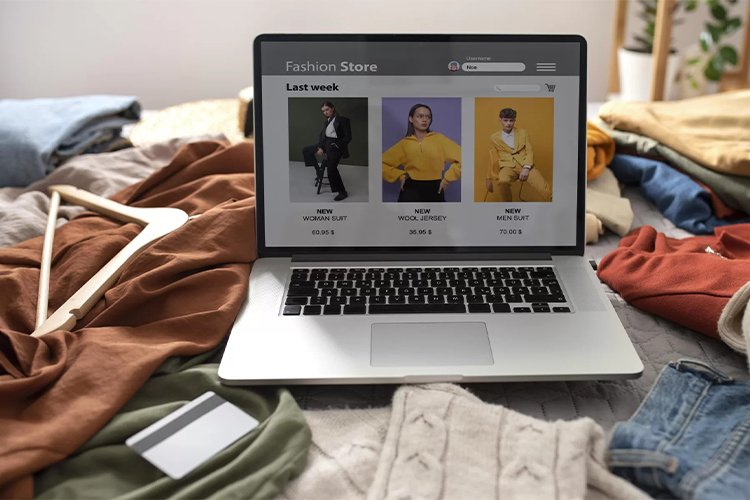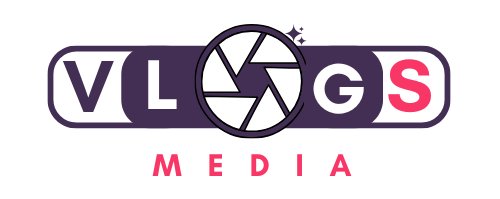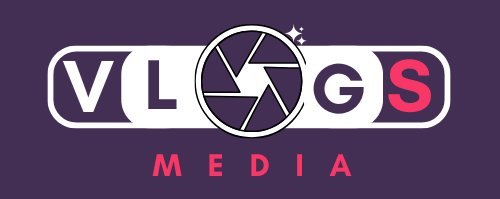Luxury shopping has undergone a transformation in recent years, moving from glitzy flagship stores in bustling cities to the digital screens of laptops and smartphones. By 2025, luxury e-commerce is not just a trend, but a standard. High-end brands have embraced digital platforms to offer their customers premium shopping experiences that combine exclusivity, convenience and personalization.
So what defines luxury e-commerce in 2025? How do brands stand out in a highly competitive environment? Let’s explore the key players, innovations and trends shaping this new era of online luxury shopping.
1. The evolution of luxury e-commerce
From brick-and-mortar to click-and-buy
Luxury brands have traditionally thrived on exclusivity and in-store shopping experiences. Walking into a designer boutique, being greeted by impeccably dressed staff, and sipping champagne while browsing was part of the appeal. However, the rise of e-commerce has disrupted this model.
By 2025, luxury brands have redefined online shopping, creating digital platforms that reflect the exclusivity and sophistication of physical stores. Websites are now immersive, offering personalized recommendations, virtual stylists, and interactive features that bring the luxury experience to life.

The Impact of COVID-19
The pandemic accelerated the shift to e-commerce as consumers turned to online platforms for their shopping needs. Luxury brands that were initially hesitant about digital adoption quickly embraced the trend, investing in cutting-edge technology and seamless user experiences.
2. Key Players in Luxury E-Commerce 2025
Several brands and platforms have positioned themselves at the forefront of the luxury e-commerce landscape, offering unparalleled shopping experiences.
a. Farfetch
Farfetch remains a dominant player in 2025 and is known for its curated selection of high-end brands and unique vintage pieces. The platform’s focus on sustainability and exclusive collaborations continues to attract discerning shoppers.
b. Net-a-Porter
Net-a-Porter has cemented its position as a leader in luxury e-commerce with its impeccable curation, editorial content and same-day delivery services in major cities worldwide.
c. Mytheresa
Mytheresa specializes in designer womenswear and offers a seamless shopping experience with tailored recommendations and pre-order options for exclusive collections.
d. MatchesFashion
MatchesFashion combines luxury retail with editorial storytelling, offering customers inspiration and style advice alongside their shopping spree.
e. LVMH's digital ventures
Luxury conglomerate LVMH has launched dedicated e-commerce platforms for brands such as Louis Vuitton, Dior and Fendi, ensuring direct access to their exclusive collections.
3. Trends shaping luxury e-commerce in 2025
a. Hyper-personalization
Personalization has become the cornerstone of luxury e-commerce. Brands use AI-driven algorithms to offer tailored recommendations based on browsing history, purchasing behavior and personal preferences. Virtual stylists offer one-on-one consultations, making online shopping as customized as an in-store experience.
b. Immersive shopping experiences
Thanks to advances in AR and VR, shoppers can now virtually “try on” luxury items. From clothing fitting rooms to seeing how a designer handbag looks with their outfit, immersive technology is bridging the gap between digital and physical shopping.
c. Sustainability at the heart of things
Sustainability is no longer an option in 2025. Luxury e-commerce platforms highlight eco-friendly practices, offer pre-owned items, and support brands that prioritize ethical production. Circular fashion, where customers can return items for refurbishment or resale, is gaining traction.

d. Direct-to-consumer (DTC) strategies
Luxury brands are focusing on direct-to-consumer models to maintain control over their branding and customer relationships. Exclusive online collections and personalized interactions are hallmarks of this approach.
e. Subscription models
Subscription-based services for luxury items, such as designer handbag rentals or wardrobe refresh programs, are becoming increasingly popular. These models are aimed at consumers who value access over ownership.
4. Challenges in luxury e-commerce
Although the luxury e-commerce space is thriving, there are also challenges.
a. Maintaining exclusivity online
Luxury brands need to strike a balance between accessibility and exclusivity. ExcessiveOnline presence can dilute the sense of uniqueness that defines luxury.
b. Counterfeits and fraud
The online luxury market is plagued by counterfeit products and fraudulent platforms. Brands must invest heavily in authentication technologies to protect their reputation.
c. Delivering the luxury experience
Replicating the tactile, sensory experience of shopping for luxury items online is challenging. Brands are investing in premium packaging, concierge services and frictionless returns to enhance the digital experience.
5. The role of technology
Artificial intelligence (AI)
AI enables everything from personalized recommendations to chatbots that provide instant customer support. In 2025, AI will also be used to predict trends and optimize inventory management.
Augmented reality (AR) and virtual reality (VR)
AR and VR technologies create immersive experiences that allow customers to visualize products in their environment or on themselves.
Blockchain for authenticity
Blockchain technology provides transparency and authenticity in the supply chain and addresses concerns about counterfeit products. Each luxury item comes with a digital certificate of authenticity.
6. The future of luxury e-commerce
a. Regional expansion
Luxury e-commerce platforms are expanding into emerging markets such as the Middle East, Africa, and Southeast Asia, where demand for high-quality goods is growing rapidly.
b. Social Commerce
Social media platforms like Instagram and TikTok are becoming key channels for luxury e-commerce, enabling seamless shopping directly from posts and videos.

c. Community Building
Luxury brands are fostering online communities where customers can connect, share experiences, and access exclusive content. This creates a sense of belonging and loyalty.
d. Web3 Integration
Web3 technologies, including NFTs and the metaverse, are opening up new opportunities for luxury brands to create unique digital assets and experiences. Owning a luxury NFT could provide access to exclusive events or perks.
7. Why Luxury E-Commerce Matters
Luxury e-commerce isn’t just about selling high-quality products online; it’s about redefining the way people experience luxury. By combining technology, personalization, and sustainability, luxury brands are setting new standards for the entire e-commerce industry.
8. Conclusion
In 2025, luxury e-commerce is at the forefront of innovation, offering customers the best of both worlds – exclusivity and convenience. From immersive technologies to sustainable practices, the landscape is rapidly evolving and meeting the needs of modern consumers.
The leading brands and platforms in this space are those that understand the importance of building meaningful connections with their customers. By embracing technology and staying true to its heritage, luxury e-commerce is not just surviving – it is thriving.
For consumers, this means an exciting future full of endless possibilities, where luxury is just a click away.



